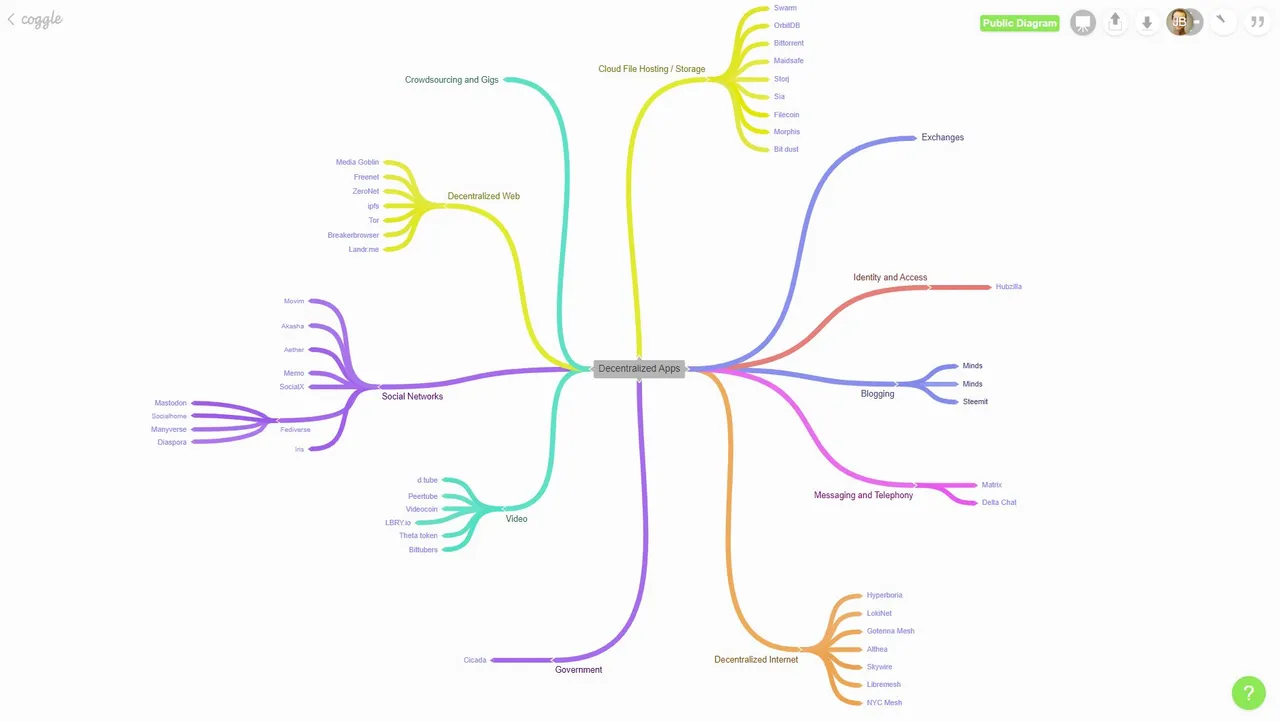
Rewind a few years back and the decentralized application ecosystem was pretty small. The main players were Bitcoin, of course, Bittorrent and perhaps a protein folding network. Smart contracts with Ethereum launched a new paradigm, but still, skeptics would be quick to highlight that Ethereum based dApps in these early days were far and few between and none of them were really yet promising. But now, just around a decade after the Bitcoin whitepaper, things have changed quite a bit.
Multiple new blockchains and distributed ledgers are powering a large, and growing, landscape of decentralized applications. I decided to take a look at the various dApps and was impressed at the increasing maturity of many of them.
Some of the more promising dApps that are quickly gaining maturity and adoption are those that provide content publishing capabilities. The benefits of blockchain based micropayments for content are clear and there is clearly a demand for decentralized systems for content publishers to turn to. Blogging, video and audio content are all addressed by multiple decentralized application platforms.
The more interesting projects involve nodes that provide additional capabilities beyond storing the ledger and running smart contracts. Cloud storage and mesh network dApps incentivizing participants continue to drive forward with an inevitable outcome of fully decentralized and distributed internet. It's just a matter of time.
I'd suggest that for the most part, there are few dApps positioned to eat their centralized rivals for lunch. Far from it. The large majority are still in early days. But with new blockchain technology like Hedera, Blockstack, Ethereum, Steem, Stellar and others becoming increasingly developer friendly and accessible, expect there to be an increase in speed at which new dApps can be developed and hit the market.
As the number of dApps increases and the underlying technology gets better, expect the dApp landscape to collide head on with the strategies of the main cloud service providers. Decentralized, distributed, open source, incentivized cloud platforms have clear advantages over centralized cloud providers. At the moment, they also have disadvantages – largely the lack of maturity in the blockchain space and to a smaller degree the broader acceptance. But in time, as ledgers like Blockstacks and Ethereum mature and stabalize, there will no doubt be some fierce competition.
I created and maintain a mind map, linked below, that attempts to organize and link out to many of the dApps out there. Take a look and let me know if there are any great decentralized apps that should be listed.
Check it out here : https://coggle.it/diagram/Xgaz1mj7x3pduECH/t/decentralized-apps/7ce143ca832712bea78774b86495730a720d046459ee27fb7daec193b3985d23